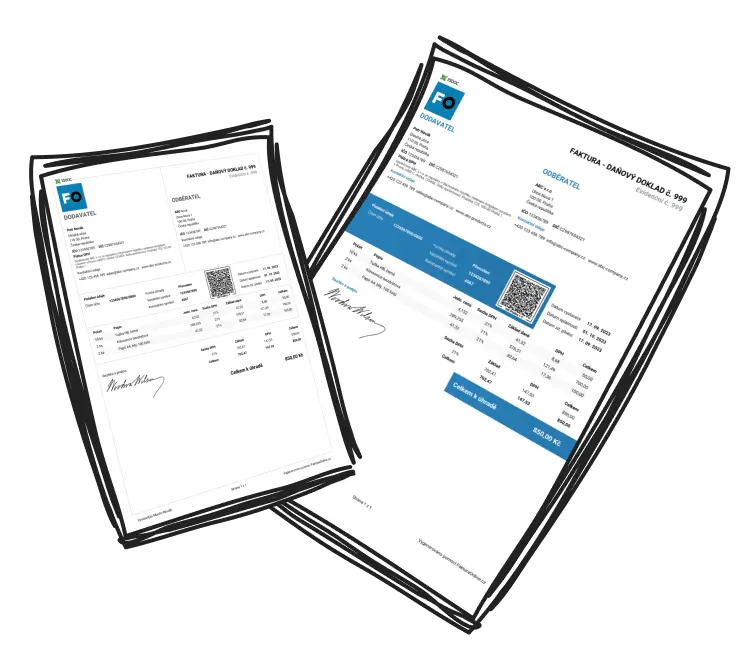The length of employee training varies significantly based on the role, industry, and skills required. Understanding how long should employee training be is crucial for ensuring effective preparedness. For retail roles, onboarding typically lasts one to two weeks. This example illustrates varying expectations on how long should employee training ideally be across industries. However, technical roles in IT or healthcare often require months of phased and structured training.
For instance, entry-level customer service roles may only need a week of training, while technical roles might require 4 to 6 weeks of milestone-based instruction followed by 3-6 months of ongoing support. Leadership and soft-skills development often involve short workshops supplemented with e-learning.
The key is to ensure employees are prepared for basic performance after initial training, with ongoing support enhancing long-term growth. A balanced approach saves time, boosts productivity, and ensures skills development aligns with business needs.
What is the Right Balance for the Duration of Employee Training?
Short programs that are rushed tend to overwhelm employees, making them unsuitable for determining how long should employee training be to foster good skill retention.
Longer training might provide depth but can cause disengagement and loss of productivity.
Striking a balance involves designing concise theoretical sessions and emphasizing hands-on practice, which improves retention.
Schedule daily training sessions of 4-6 hours spread over weeks to avoid cognitive fatigue.
Regular breaks and real-world applications during training drive better cognitive processing.
Feedback loops and continued learning after initial training maintain engagement and ensure long-term improvement.

Tip
Avoid information overload by pacing content delivery and incorporating interactive elements like role-playing or simulations.
Does the Length of Employee Training Impact Its Effectiveness?
Yes, although the length influences effectiveness, how long employee training should be is often secondary to the quality of training provided. Overloading employees with dense, lengthy programs can overwhelm them, while overly short sessions may leave them underprepared.
For example, one company condensed its training program into interactive modules spaced over time and achieved better results than its intensive one-week program. Spaced learning concepts show that breaking content into digestible portions leads to better retention, making quality delivery more impactful than sheer duration.

Example
Interactive and spaced-learning techniques helped a company reduce training length while improving employee performance, proving effectiveness lies in how learning is structured.
How Can Companies Decide the Ideal Duration of Employee Training?
Identify Skills Gaps and Goals: Evaluate the necessary knowledge and skills employees need for their roles to determine how long employee training should be for optimal results.
Conduct Employee Surveys: Gather feedback on their preferred learning formats and pacing.
Test Pilot Programs: Begin with small test groups to evaluate training structure and timing.
Analyze Outcomes: Measure rates of knowledge retention, employee satisfaction, and productivity.
Refine and Adapt: Be flexible to adjust timelines based on feedback and evolving company needs.

Tip
Incorporate employee input to ensure programs remain learner-centric and effective.

Warning
Neglecting adequate preparation during training can result in higher attrition and slower productivity later.
What Factors Influence How Long Employee Training Should Be?
Role Complexity: Technical and specialized roles require longer training sessions, which is a key factor when determining how long should employee training be.
Employees’ Experience Levels: New hires often need more intensive programs compared to experienced workers.
Budget and ROI: Training must fit within budget constraints while ensuring measurable outcomes.
Type of Training: Onboarding generally takes less time than highly technical or compliance-related sessions.
Team Size: Providing quality training for larger groups may extend timelines due to logistical needs.
Conclusion: Striking the Ideal Training Balance
Effective employee training revolves around content quality, structured delivery, and adaptability rather than solely focusing on duration. By assessing role requirements, skills gaps, and employee preferences, businesses can tailor their programs for maximum efficiency and effectiveness.
Tailor solutions to fit diverse company needs. Quality over quantity drives better learning outcomes.
Ongoing assessment, incremental improvements, and continuous reinforcement ensure training remains impactful and aligned with both employee and organizational goals. Investing in the right training balance pays off with better engagement, skill development, and ROI.


